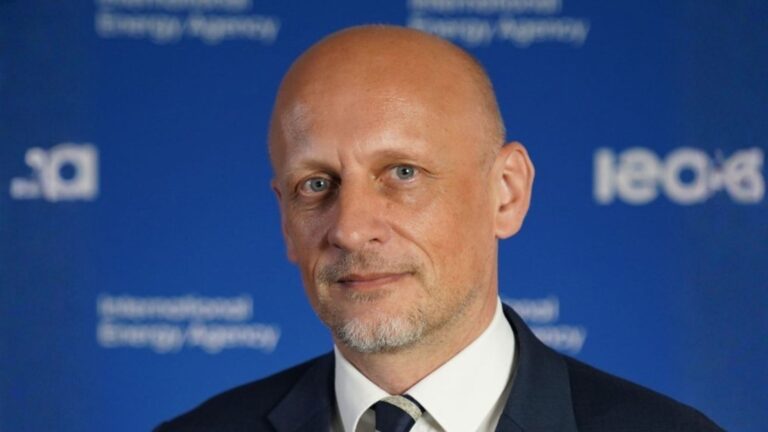This report represents the research and views of the author. It does not necessarily represent the views of the Center on Global Energy Policy. The piece may be subject to further revision. Contributions to SIPA for the benefit of CGEP are general use gifts, which gives the Center discretion in how it allocates these funds. More information is available at Our Partners. Rare cases of sponsored projects are clearly indicated. For a full list of financial supporters of the Center on Global Energy Policy at Columbia University SIPA, please visit our website at Our Partners. See below a list of members that are currently in CGEP’s Visionary Annual Circle.
-
CGEP’s Visionary Annual Circle
-
(This list is updated periodically)
Air Products
Anonymous
Jay Bernstein
Breakthrough Energy LLC
Children’s Investment Fund Foundation (CIFF)
Executive Summary
Decarbonizing the world’s energy supply by 2050 will require financing low-carbon energy projects at a cost of upwards of trillions of dollars. Nuclear energy is one of the few dispatchable low-carbon energy resources, and studies by the International Energy Agency have estimated a possible doubling of nuclear power as part of scenarios for achieving net-zero greenhouse gas emissions by midcentury. Large, capital-intensive projects such as nuclear power plants can be challenging for some countries to finance, however. As a result, countries wishing to build nuclear reactors look for attractive financing from supplier nations in the form of loans and equity.
This report, part of wider work on nuclear energy at Columbia University’s Center on Global Energy Policy, compares the financing terms offered between 2000 and 2021 by the world’s major exporters of nuclear power plants: Russia, France, the Republic of Korea (ROK), China, and the United States. Russia dominated this period, with 11 reactors connected to power grids in six countries, in part due to the attractive state-backed financing offers it made. At the beginning of 2022, Russia had 13 of its reactors under construction in other countries, more than all other countries’ reactor exports combined.
The US government has been actively developing advanced reactor technologies, partly with the intention of exporting them to other countries to help them address their energy and environmental goals. However, for numerous reasons, the US government has not financed a new US reactor export in decades, even though the US Export-Import Bank (EXIM) and the new International Development Financing Corporation (DFC) are capable of supporting exports of this scale. Given the recent absence of US financing, this report analyzes the earlier activities of EXIM related to nuclear energy and their relevance for potentially reviving such financing efforts in the near or medium term.
A key factor shaping reactor vendor competitions is a nuclear arrangement by the Organization for Economic Co-operation and Development (OECD), in which France, the ROK, and the United States are members but China and Russia are not. This arrangement places limitations on OECD members regarding key loan terms for their reactor exports, including minimum interest rates and loan repayment terms, that can put them at a disadvantage compared to state-owned vendors from Russia and China. The arrangement does not restrict equity investments in reactor exports, posing an additional disadvantage for private vendors in the United States as they compete with larger, state-owned vendors in France and the ROK.
As other countries develop their civil nuclear energy programs or begin new ones, the US government will need to decide whether it will assist in financing US reactor exports. The federal government has a variety of potential rationales for doing so, including creating jobs, assisting other countries in overcoming their energy and environmental challenges, and limiting Chinese and Russian influence. On the other hand, financing from EXIM or the DFC will come with financial risk, as some individual projects may not have successful outcomes.
This report ultimately makes a set of recommendations to US policymakers, should they seek to strengthen the role of the United States in the international nuclear export market:
- First and foremost, the White House National Security Council should convene meetings with EXIM, DFC, and other agencies involved in civil nuclear energy policymaking to review the importance of federal financing and other government support mechanisms in determining customer country selection outcomes for nuclear builds and how US interests are affected by these outcomes.
- Second, Congress should ensure that EXIM in particular can effectively match offers from Russia and China, and could expand the focus of the EXIM transformational exports program beyond renewable energy to include all low-carbon energy technologies, including nuclear reactor facilities.
- Third, the US government should seek to strengthen nuclear energy cooperation between the United States and its allies to aid competitiveness against Russia and China. For example, given that some content in any US reactor export will likely come from US allies, these latter countries could contribute to financing those exports.





